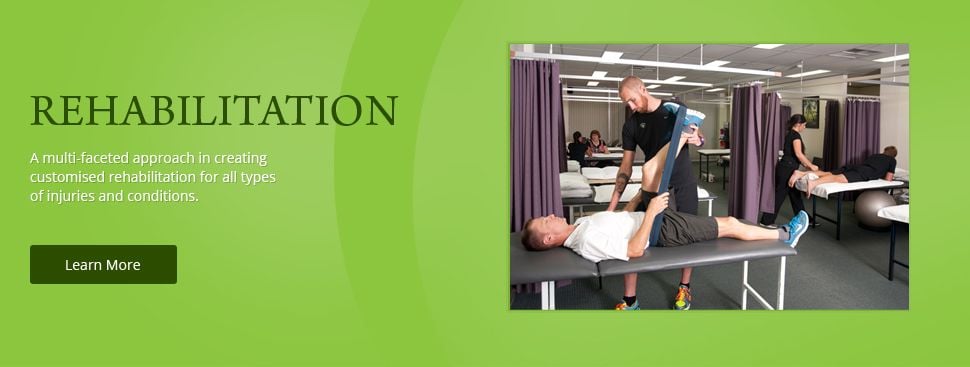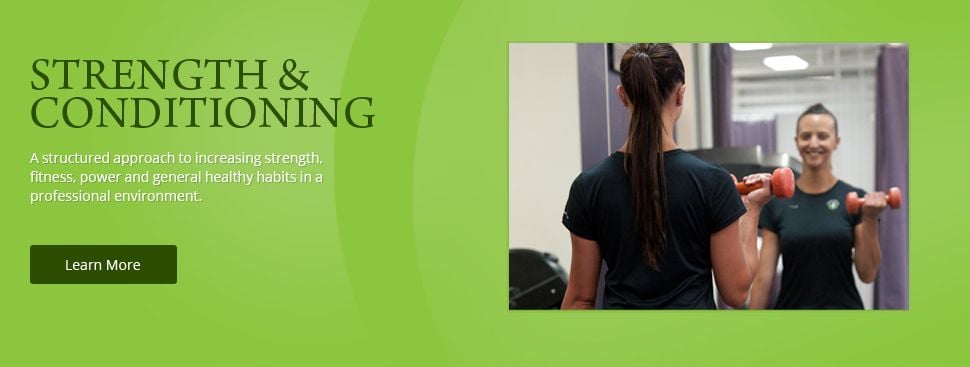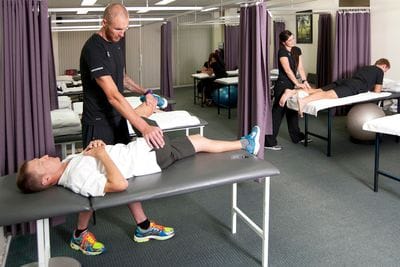Exercise Physiology
Mention the code "Fit 101" for $5 off your initial exercise physiology consultation when you book online

Common Skiing and Snowboarding Injuries
)
Both skiing and snowboarding can result in sports injuries, but they tend to have slightly different injury patterns. Both skiing and snowboarding require speed, strength, balance and flexibility, however, the way the body moves in both sports is fundamentally different. This difference tends to result in very different injuries in each sport.
Skiers are more likely to have knee injuries (from twisting motion during falls, this twisting of the upper leg one way, while the lower leg rotates the opposite way, often results in tears to the anterior cruciate ligament (ACL) and/or the medial collateral ligament (MCL)), thumb injuries (which occur when a skier falls and does not release the ski pole from their hand, the pole then places a forced excessive stress to the thumb) and head injuries (the most important thing you can do to prevent head injury, is to wear a helmet. Though helmet use has been increasing, they're still only worn by approximately 40% of skiers. They reduce the number of injuries, though they have not reduced fatalities. Fatalities usually occur because a skier is going at speeds far too fast for the helmet to cushion at impact. They're designed to protect up to about 12 mph and some travel at two to three times that speed. Therefore, the most effective ways of avoiding head injury while skiing is to
1. Wear a helmet
2. Reduce your speed
3. Be aware and courteous of everyone else on the snow AND of your surroundings
In snowboarding, both feet are strapped onto the same board and always point in the same direction. This usually protects the knee from any twisting (although rotational knee injury can still occur in snowboarders, but it is definitely less common than with skiing). When snowboarders fall, they usually land on their hands, shoulders, rear-ends, or heads. The most typical snowboarding injury is a wrist fracture. There are also wrist sprains, elbow contusions and dislocations, and a lot of contusions and rotator cuff injuries in the shoulder. Broken collarbones, concussions, and other head and neck injuries are common, too.
Helmets are obviously highly recommended with any snowboarding (as with skiing) to prevent or minimise any head injury from potential falls or collisions. For beginner snowboarders especially, some other safety equipment options worth considering include wrist and elbow guards can ease the force of falls on the joints of the upper body. Knee pads help prevent contusions, a pad for the tailbone is also a good idea, as new snowboarders spend a lot of time on their backside.
Finally, although both skiing and snowboarding happen in the snow on a mountain they are very different in terms of technique. Keep in mind that just because you are a good skier, you may be a novice on a snowboard (and vice versa). Taking a lesson from a qualified instructor or an experienced snowboarder is a good idea for the beginning snowboarder. It will make your time on the mountain much more enjoyable.
An important prevention tool is to condition your body in preparation for skiing by strengthening for at least six weeks prior to hitting the slopes. Equally important is correct equipment, binding maintenance and settings.


)
)
)




